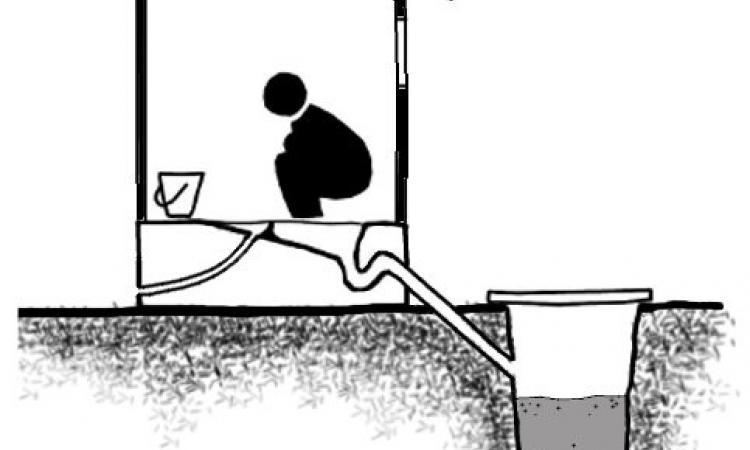
With empty fields as far as eyes can perceive and perpetual water shortage, introducing flush toilets sure seemed the biggest challenge in the predominantly dry state of Rajasthan. A total of 321 Gram Panchayats have won the Nirmal Gram Puraskar in the state, but in India’s largest state, this amounts to less than 4% of the total number of Gram Panchayats present.
Known as the ‘Gateway to the Thar’, Churu’s position was no different. Defecating out in the open was the norm and people had no qualms going out in the open to take care of business.
Churu's sanitation messiah
The year was 2012. Enter Rohit Gupta, the newly named District Collector of Churu. With a strong will to change the state of sanitation in his district, Gupta got all stakeholders – Panchayat leaders, district project staff and other elected representatives – together. The district sanitation mission was equipped to oversee the progress. Chaired by the Zilla Pramukh, the district collector served as its co-chairman. Block and Panchayat level leaders were identified and the project was kick started on campaign mode.
Holistic transformation
The importance of community participation dawned upon the administration right at the outset. Transforming the community as a whole was given more prominence than just reaching out to individual households. Supported by the World Bank’s Water and Sanitation Program (WSP), Churu charted out its own ‘what’ and ‘how’.
- What: Targeting the community as a whole to spread the word about safe sanitation and hygiene
The administration strongly felt that changed community norms and peer pressure held greater sway than individual preferences. So the focus was on the community as a whole and not on coaxing villagers to construct individual toilets.
- How: ‘Chokho Churu’ campaign
The ‘Chokho Churu’ or the ‘clean Churu’ campaign was launched which focussed on ending open defecation in the district. It also recognized the efforts of villagers and Gram Panchayats by stamping the ‘Chokho Ghar’ or the ‘Chokho Gram’ stencils in places with zero ODF.
Phased implementation of CLTS
Government subsidy should not dictate toilet construction. A genuine need for them should be felt and only then will the toilets be a real asset to the community. Enter behaviour change communication. The community is made aware of the ills of open defecation through various means such as street plays and poster shows. Safety concerns of women and children are brought to the fore along with the health benefits of using toilets .
Community-led Total Sanitation (CLTS) training programmes were organized and regular meetings and consultations were organized with PRI members and local field staff.Tarangar block was the first to be brought under CLTS fold in November 2012. By May 2013, the campaign was extended to all 6 blocks in Churu district.
Implementing the programme in phases helped instil confidence in the minds of people and also enabled the identification and replication of best practices. Multi level verification process was put in place to identify and certify houses and blocks that were ODF. Subsidy for toilet construction was released to beneficiaries only after the toilets were constructed and the blocks were declared as ODF.
Strong public and political will
Churu’s success can be attributed to the strong will both at the administrative and political level. The enthusiastic participation of elected representatives of Panchayats and the field staff complemented the drive shown at the higher levels. The community was at the driver’s seat all along, designing and implementing solutions best suited for their environs. Constructing toilets and making their villages open defecation free became a matter of pride and this contributed to the lasting success of the programme in the district.